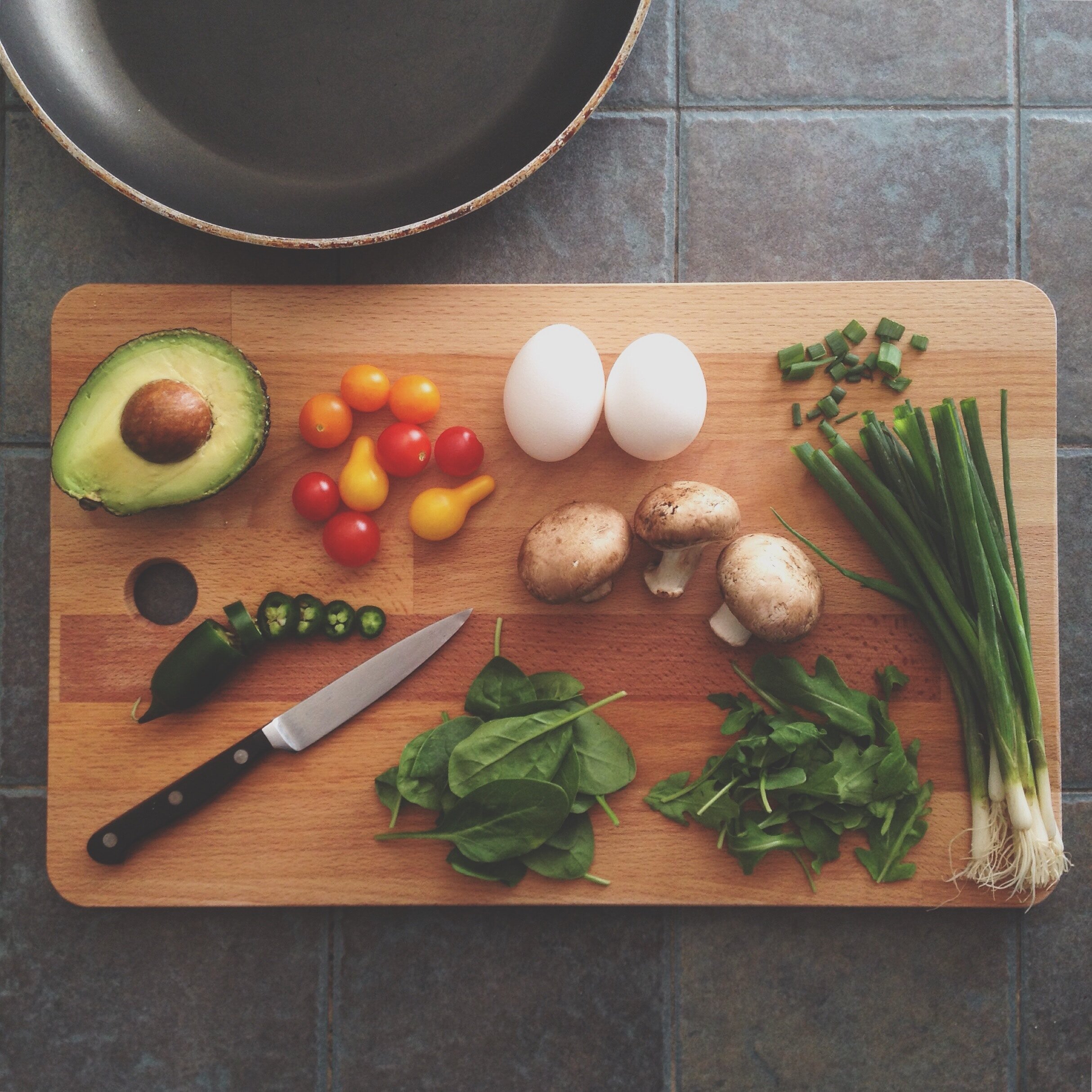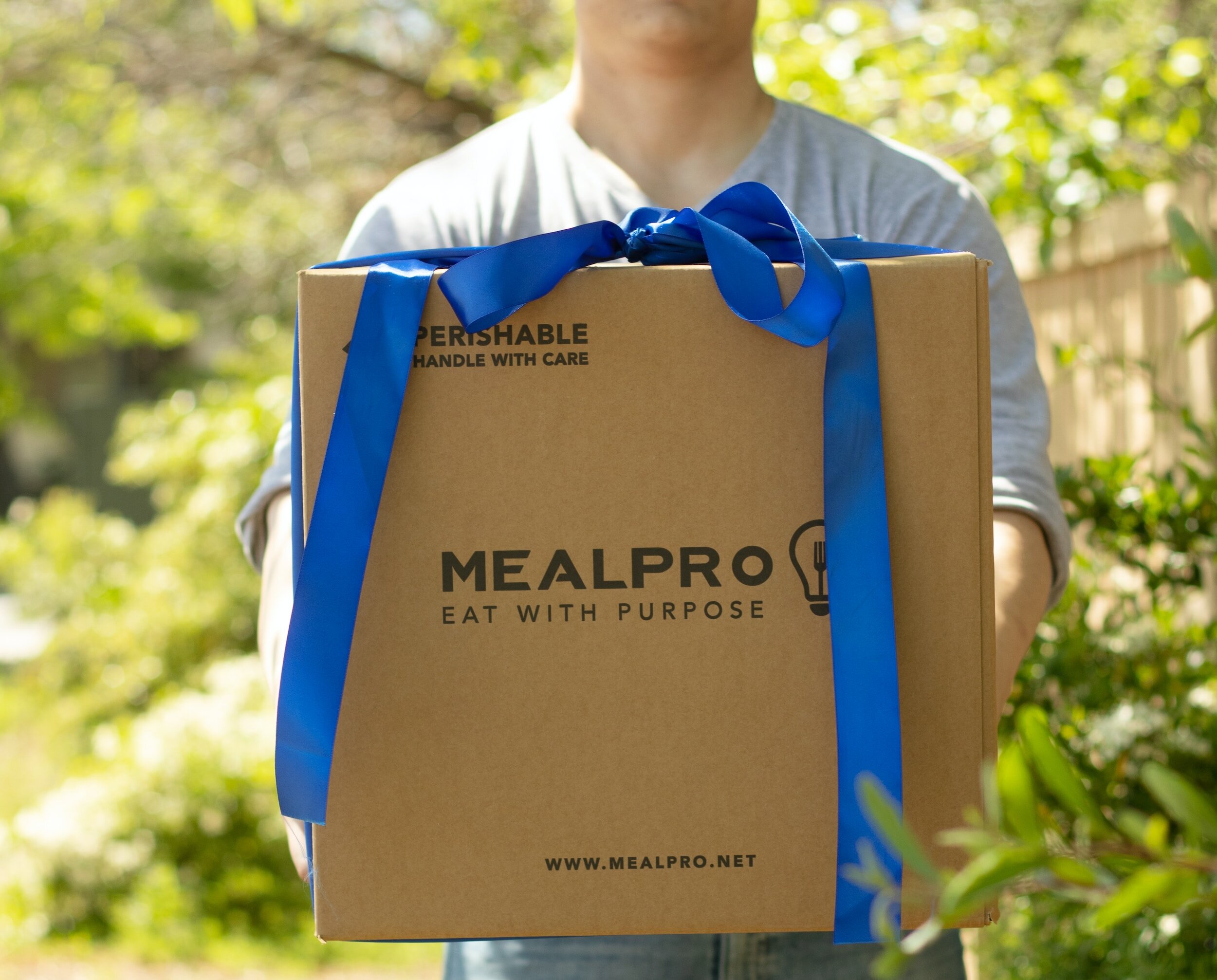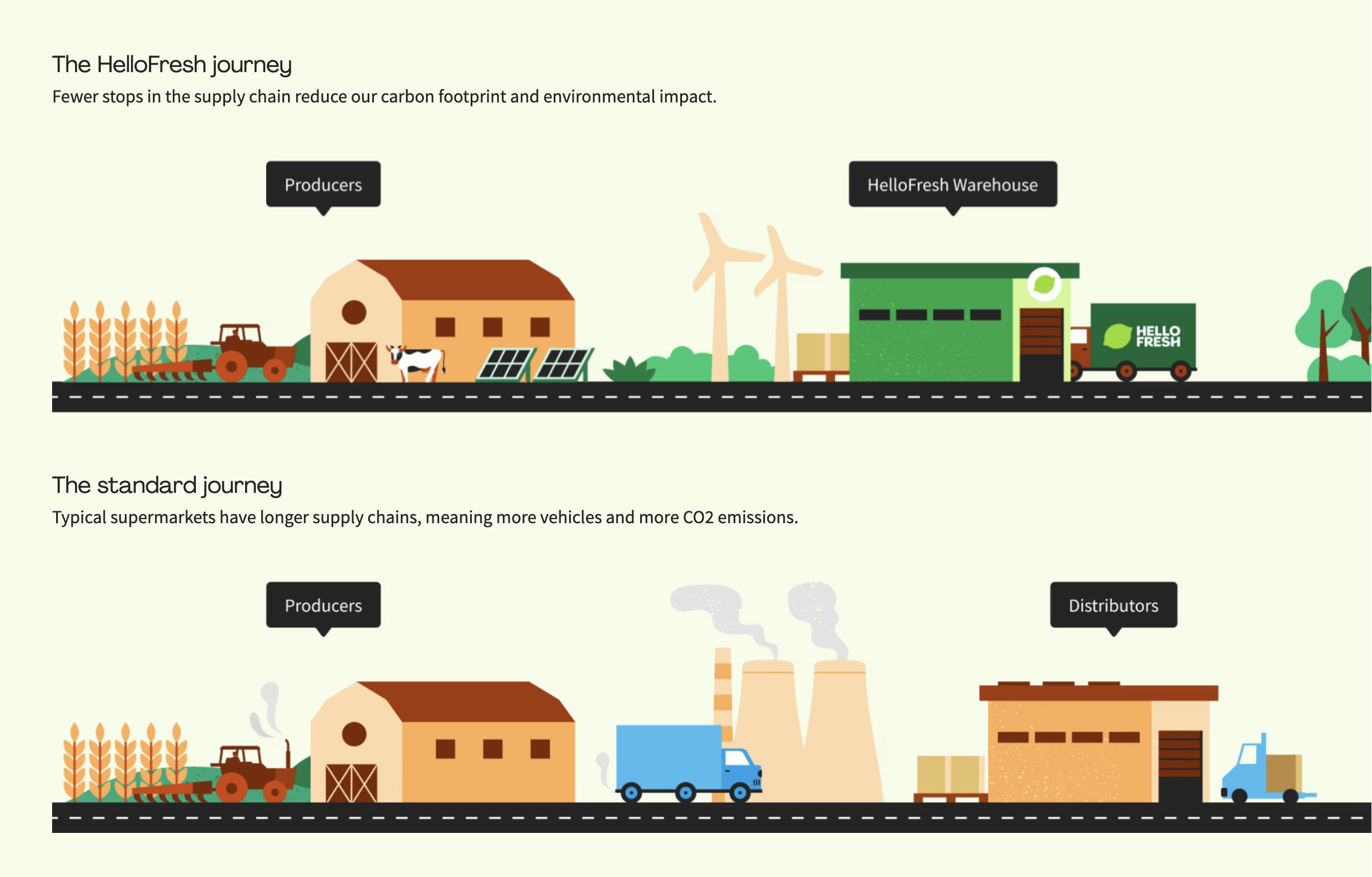The facts.
-
Meal kit Delivery Services have gained significant popularity especially driven by the COVID pandemic
-
Approximately 17% of all American Consumers have tried meal kits at some time
-
Of all subscribers, 90% have referred them to a friend or family member
-
There are currently 150 meal kit delivery companies in the USA
Meal kit delivery services… the big picture.
Meal delivery kits have gained significant popularity especially among Gen Z and MIllenials. But are they compatible with a sustainable lifestyle and being kind to the earth? Let’s explore this topic by starting with the basics.
What exactly is a meal kit delivery service?
These are curated and prepackaged ingredients which are individually packaged and shipped to your home. The obvious advantage is that they allow you to make your chosen meal easily and conveniently without the hassles of grocery shopping. The meal options span various dietary preferences, various cuisines and various portion sizes.
The first meal kit company launched in Sweden in 2007 and the trend started in the US in 2012. It has steadily grown and surged in 2020 during the COVID pandemic to $5.8B in market size that year. With return to work and more people learning to cook during their time at home, sales have reduced some. As of November 2022, the average cost per meal was $8.99 but premium meals may cost as much as $12-13/person.
The Advantages of Meal Kit Delivery Services:
Food Waste
One obvious advantage is reducing food waste. Since meal kits pre-portion everything, it effectively reduces or eliminates the risk of buying too much food and wasting it.
Data suggests that the average American wastes approximately one third of the food purchased per year, equating about 250lbs of food per year or approximately $2000 worth of food.
Meal delivery kits on the other hand, are incentivized to portion exactly what is needed for someone to feel full without any leftovers.
Convenience and Variety
This one feel obvious – no trips to the grocery store and the ability to choose a wide variety of meals with the click of a mouse is pretty cool.
The concerns of Meal Kit Delivery Services:
Packaging
This is by far the biggest concern raised by anyone who is trying to live a sustainable lifestyle and who is considering using a meal kit delivery service. After all, each item is individually packed in plastic, then cooled with ice packs and shipped to you. This has been recognized as a concern and many companies are trying to use recyclable packaging and recycled materials. In 2022, US packaging and Wrapping LLC, compared 4 meal kits companies and looked at things like the amount of recycled materials and how much open space was in the box. The results showed that there is quite a lot of variability between companies. They are summarized below but you can also the details here:
Transport
The idea of a single meal being shipped across the country to your front door also seems counter to living a sustainable lifestyle. After all, it seems simpler to drive to the store and pick up your groceries yourself. Some insights around the sustainability of driving in your car to go shopping versus having it delivered to you door can be found in our blog on shopping sustainably.
The takeaway here is that online shopping with optimized delivery logistics can be more environmentally friendly than a person driving to the store in a car. This mirrors what the meal kit delivery service companies claim. Below is Hello Fresh’s depiction of why it’s supply chain is shorter and more sustainable than a traditional grocery store.
But is it true?
A 2019 publication in Resources, Conservation and Recycling compared the environmental impact of meal kit delivery versus grocery store shopping. They validated that indeed the claims about optimized supply chain logistics are an important positive factor in the sustainability of meal kits. Their study compared five different meals from one large, scaled food delivery company to grocery store shopping. These meals were Salmon, cheeseburger, chicken, pasta and salad. They found that when you factored in all aspects of the supply chain, transport, packaging and food waste, all the meals except the cheeseburger produced less GHG via meal kits than grocery shopping.
What does this mean and how does that apply to a sustainable lifestyle? All in all, meal delivery kits are compatible with a sustainable lifestyle but the details do matter.
The choices.
Life-focused
If your focus is on being kind to living things, lean-in on plants and vegetarian/vegan friendly options.
-
Try to support meal kit companies which have no or limited meat based options
-
Many companies claim animal welfare policies but many are vague and not monitored
-
Look for information on how the company compensates its employees (KINDHUB scorecards do some of this for you)
Earth-focused
If your focus is on the earth and environment, the food waste reduction component is real and can be a good option if you have trouble with shopping and cooking.
-
Look for recycled materials in the packaging. This is highly variable depending on the company. (KINDHUB scorecards do some of this for you)
-
Reduce meat especially beef as this is the most carbon intensive meat. Take a look at the environmental impact of different proteins on the graphic here.
-
Make sure to recycle the packaging after you are finished cooking your meal.
Holistic
If you are considering an integrated approach, remember that not all meal delivery companies are created equally
-
Try to be nuanced, picking ones which are good for you and the world (KINDHUB scorecards do some of this for you)






